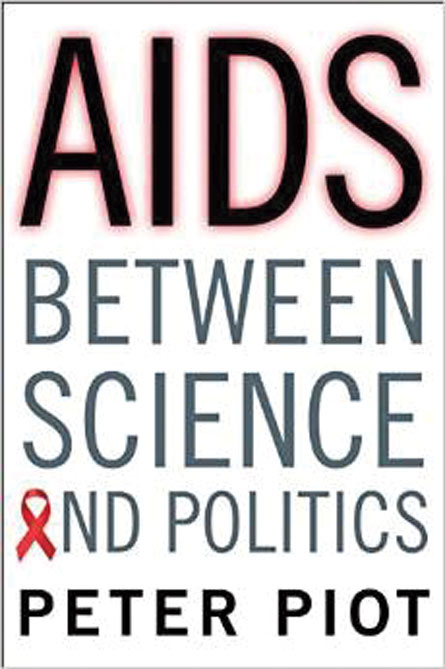‘AIDS’ gives inside view of science, politics of epidemic
In new book, HIV expert explores events that shaped the spread and response to AIDS
 AIDS: Between Science and Politics
AIDS: Between Science and Politics
Peter Piot
Columbia Univ. Press, $29.95
If by some marvel of medicine, doctors could instantaneously halt the spread of HIV, about 35 million people would still be infected with the virus. All of them would need expensive antiretroviral treatment for decades. And in that time frame, millions of kids would still be orphaned by AIDS.
The somber fantasy seems even more grim given that the virus is still spreading unabated through some high-risk populations, discrimination based on gender or sexual orientation still bolsters infection in many places, and making drugs available to patients requires seemingly never-ending fund-raising. The fight against HIV and AIDS is far from over, writes Piot in his new book.
Despite the ongoing battles, there’s much to celebrate, he writes. The global spread of the virus is slowing, and access to life-sustaining treatments continues to rise, with nearly 13 million people receiving treatment in 2013.
As an infectious disease researcher and the founding executive director of the Joint United Nations Programme on HIV/AIDS (UNAIDS), Piot is uniquely suited to examine the past and future of the medical, political and social responses to HIV and AIDS. He recalls how the global epidemic brought patients elbow to elbow with world-class health experts in deciding policies during the 1990s and 2000s, how it inspired unprecedented levels of government funding in the last 15 years, and how it continues to break down social stigmas.
Though soaked in statistics and lacking the colorful anecdotes of his 2012 book No Time to Lose (SN: 8/25/12, p. 30), Piot’s new book is an enlightening account of how HIV and AIDS have shaped — and continue to shape — international public health policy
Buy AIDS: Between Science and Politics from Amazon.com. Sales generated through the links to Amazon.com contribute to Society for Science & the Public’s programs.







